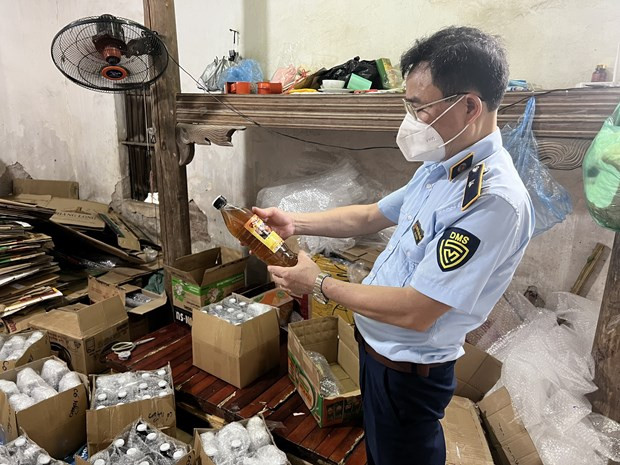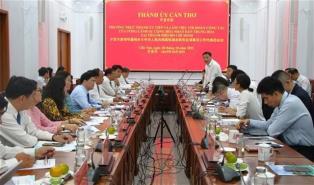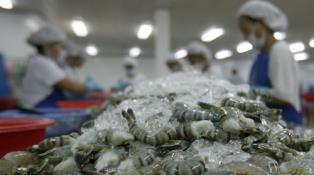In practice, many international cases have shown that failure to comply with origin rules has caused substantial losses and negatively affected entire industries.

HÀ NỘI — As Việt Nam steps up efforts to deepen international integration, trade authorities and industry experts stress that rules of origin are not just technical requirements but a foundation for transparency and fairness in trade, helping to strengthen partner confidence and boost the competitiveness of Vietnamese goods.
Accordingly, the management, determination and certification of origin have become essential for maintaining the trust of trading partners while preventing trade fraud and origin falsification, which are on the rise.
“Việt Nam has engaged in extensive integration through 17 signed FTAs, which requires enterprises to fully understand and strictly comply with rules of origin in order to maximise tariff preferences offered by agreements such as the CPTPP, EVFTA, and RCEP,” said Nguyễn Anh Sơn, Director General of the Agency of Foreign Trade.
He added that complying with rules of origin would also serve as a passport for Vietnamese goods to enter demanding markets with superior tariff advantages.
To meet increasingly strict requirements from importing markets, the Ministry of Industry and Trade has issued a series of directives and inter-sectoral coordination measures to prevent origin fraud and falsification, while strengthening inspection and supervision of certificates of origin (C/O) issued for exports.
These efforts help protect the legitimate interests of Vietnamese enterprises and preserve national credibility, avoiding the risk of trade defence actions or anti-fraud investigations from foreign partners.
International experience shows that failing to comply with origin rules can cause substantial losses and negatively affect entire industries.
Domestically sold products are also now required to meet clear and transparent origin criteria. In response, the Ministry of Industry and Trade is drafting a decree stipulating the criteria for determining Vietnamese origin. This step aims to complete a transparent and consistent legal framework that strengthens consumer trust, protects domestic production, and enhances the reputation of Vietnamese goods.
Determining the origin of goods in the domestic market safeguards local industries from foreign products falsely labelled as 'Made in Viet Nam' while ensuring consumers have truthful information about the products they choose. The ministry emphasised that this process would protect genuine domestic manufacturers and promote national brands.
Việt Nam’s foreign trade turnover reached nearly US$800 billion in 2024 and is forecast to soon hit the $1 trillion mark. The country ranks among the world’s top 20 trading nations, but that scale increases the risk of origin-related fraud, trade violations, and illegal transhipment if not carefully controlled.
At a 2025 government conference on trade fraud and counterfeit goods, the National Steering Committee 389 (anti-smuggling) reported that escalating US–China trade tensions continued to raise the risk of broader global trade conflict. Against this backdrop, a growing number of foreign enterprises sought to bypass US tariff barriers by falsely labelling their products as 'Made in Viet Nam' for re-export to third countries.
Common tactics include importing goods from other countries, repackaging them, attaching 'Made in Viet Nam' labels, and applying for certificates of origin (C/O) for export. Others perform only minimal processing — insufficient to qualify for C/O issuance — yet still falsify declarations to gain preferential tariffs.
Many violators also exploit e-commerce platforms and express delivery services to disguise smuggled goods, legalising fake origin documents through hard-to-trace transactions on social media or unofficial websites.
Products most frequently targeted include textiles, wooden furniture, honey, aluminium, steel and seafood, which are easily mislabelled due to loopholes in rules of origin regulations and strong export demand. — VNS





